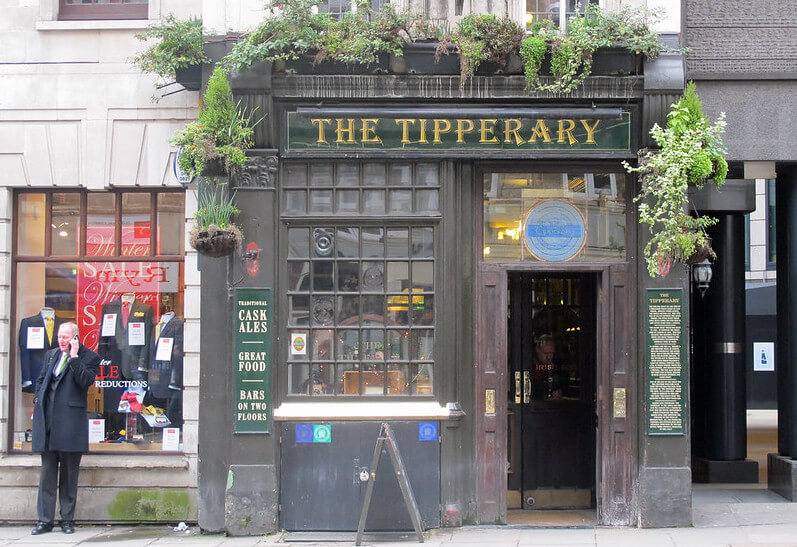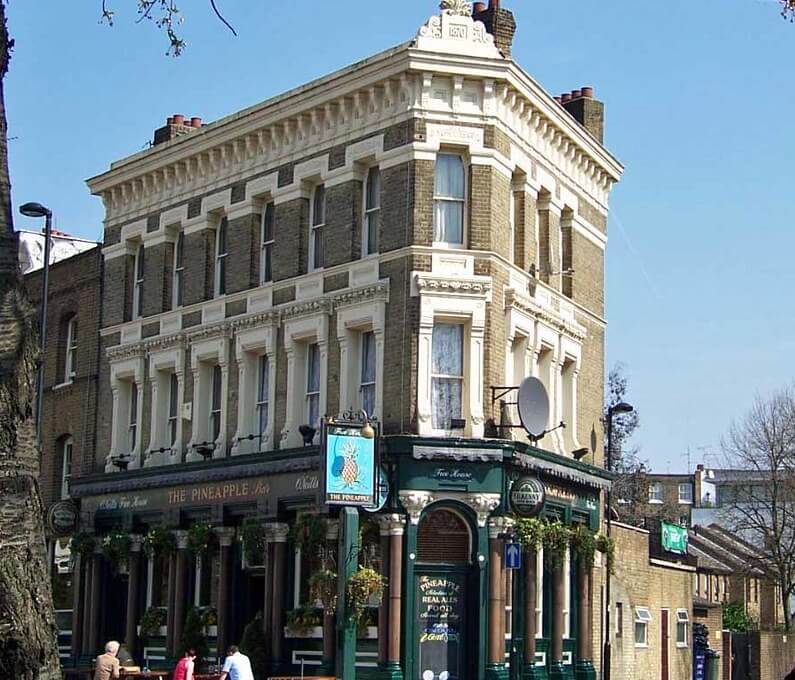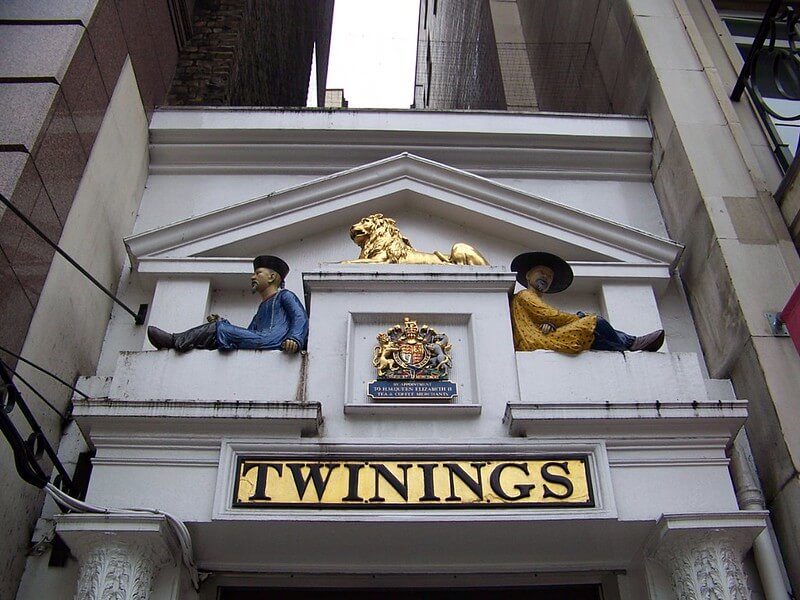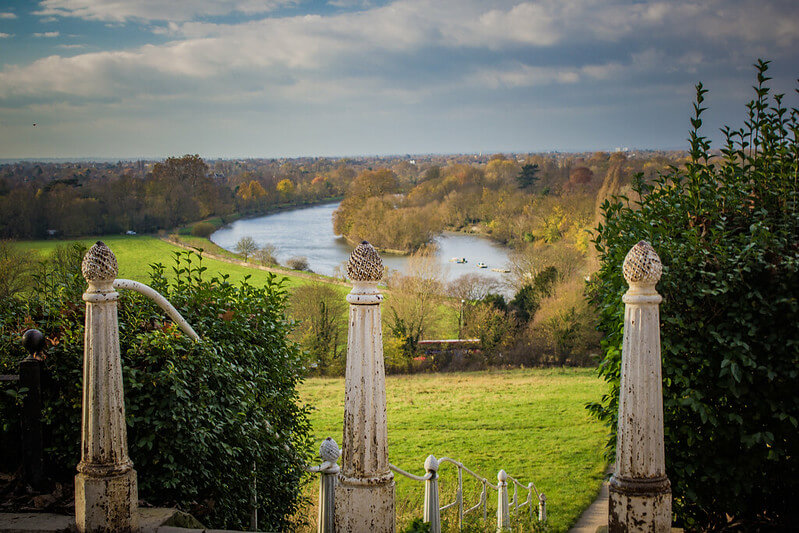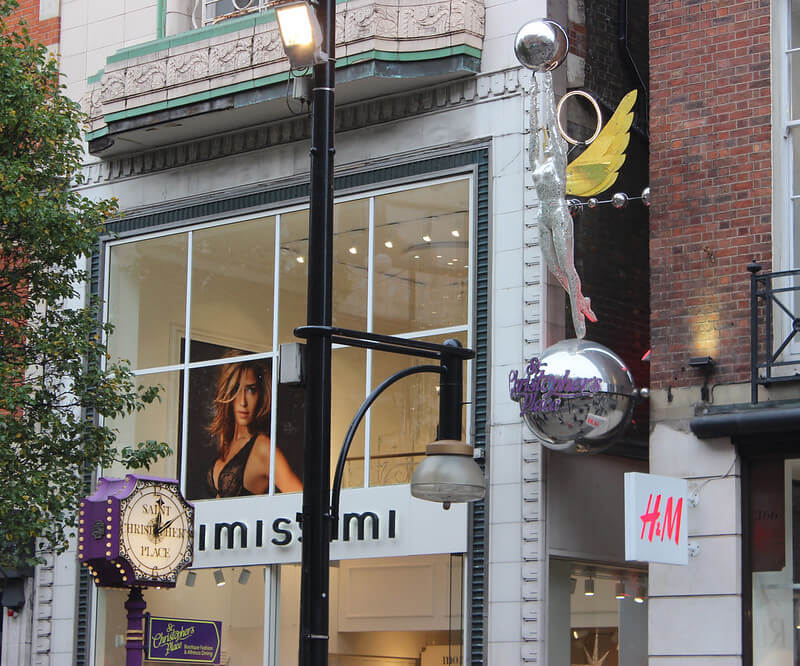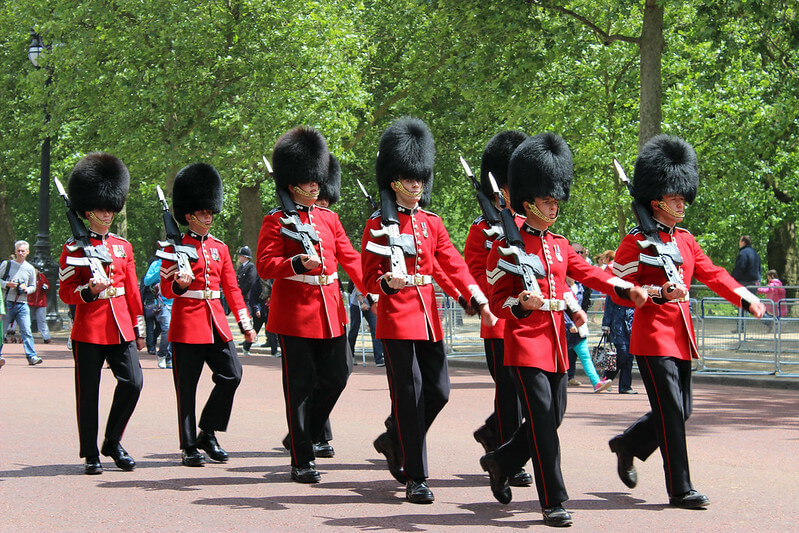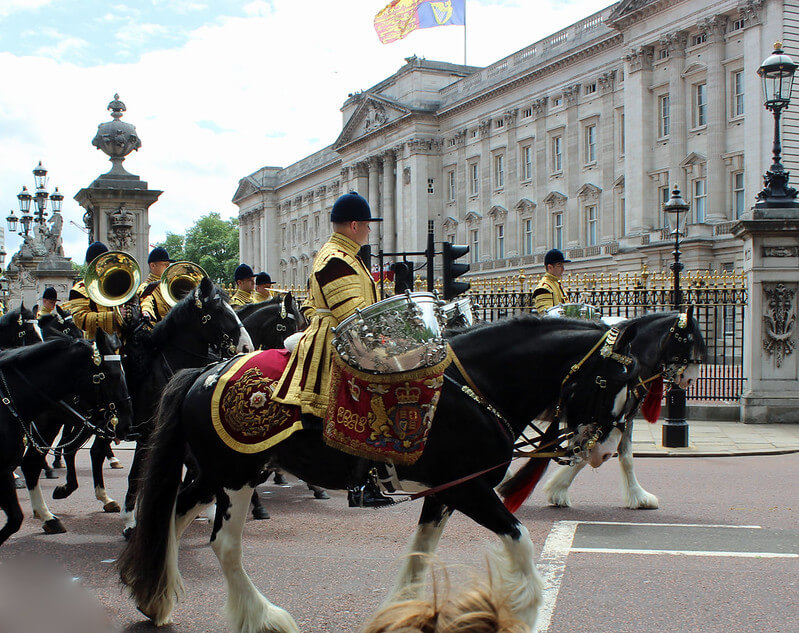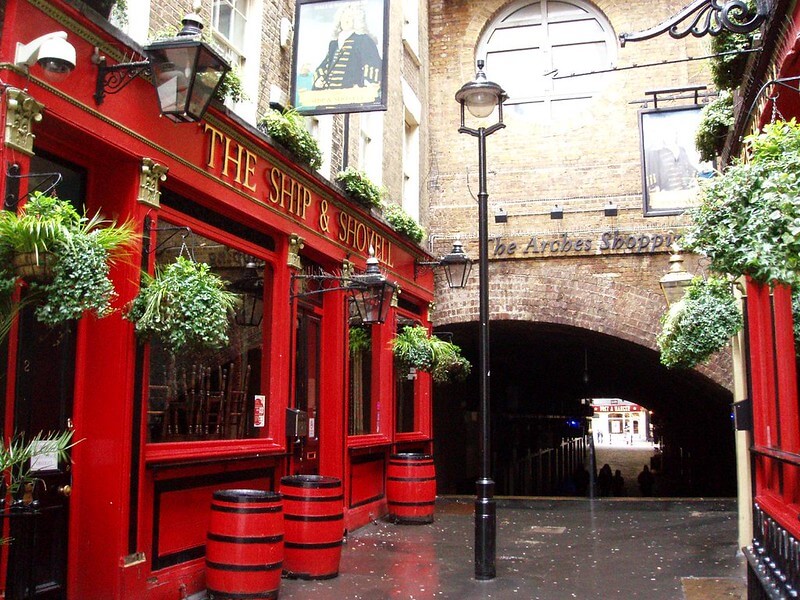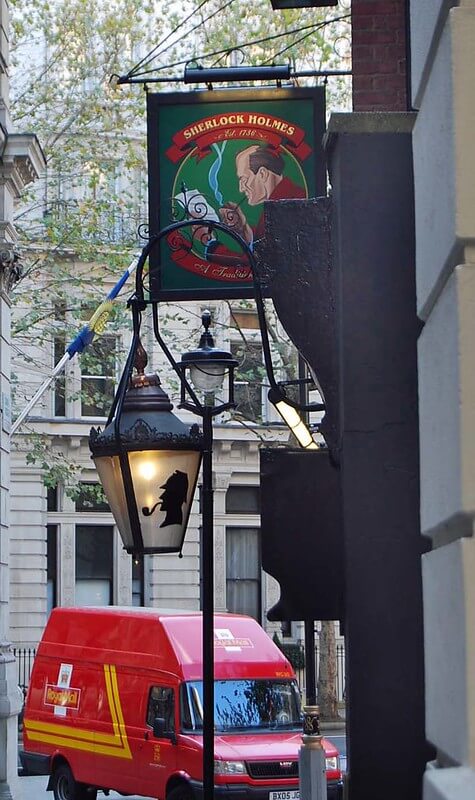London, the bustling heart of the United Kingdom, is home to some of the world’s most iconic landmarks, and among them stand two legendary structures that symbolise the city’s history and engineering prowess: London Bridge and Tower Bridge. Each holds a unique charm, steeped in centuries of history and offering distinct experiences for travellers and locals alike.
Unraveling the History and Distinct Features
While often mistaken for its more visually striking counterpart, London Bridge holds a rich historical legacy. The current incarnation of London Bridge is a modern structure, but its roots trace back through time. The Romans recognised the strategic importance of the spot and constructed the original London Bridge around 50 AD, marking a crucial river crossing and playing a pivotal role in London’s growth.
Over the centuries, multiple versions of London Bridge have been erected and replaced. By far the most lasting one was the medieval stone bridge, commissioned by Henry II and finished in 1209 by his son John. The structure stood the test of time, and in the 15th century, there were as many as 140 houses on it.
The current iteration is a functional marvel, spanning the Thames with understated elegance. It embodies a contemporary architectural style, showcasing a sleek design optimised for vehicular traffic and pedestrian passage.
In contrast, Tower Bridge stands as a magnificent testament to Victorian engineering ingenuity. Its iconic twin towers and suspended walkways create a picturesque silhouette against the London skyline. Completed in 1894, Tower Bridge’s primary purpose was to provide a crossing while allowing tall ships to pass beneath, and its mechanism still raises the central span for river traffic today. It also served as a glorified symbol of Britain’s ascendance to the dominant trading and scientific position in the world. Last but not least, it was the setting for the unforgettable closing scene of Guy Ritchie’s Sherlock, where Robert Downey Jr.’s incomparable detective vanquished the evil Lord Blackwood (portrayed superbly by Mark Strong).
The most distinguishing feature of Tower Bridge is its ornate design and the ability to visit the high-level walkways, offering breathtaking views of the city and a glimpse into its mechanical workings. These features have made it one of the most sought-after tourist attractions in the city. Also, if you want to take an iconic picture of riverside London, you can hardly pick a better place!
Exploring the Bridges: Similarities and Contrasts
London Bridge and Tower Bridge hold significant historical importance and serve as essential river crossings. While London Bridge accommodates heavy traffic flow, Tower Bridge remains a working bascule bridge, its majestic form opening to allow river traffic to pass.
Visitors to London Bridge can enjoy a leisurely stroll across the river, taking in the panoramic views of the city’s skyline. The experience is one of modernity and functionality, emphasising the city’s present-day character.
On the other hand, Tower Bridge offers an immersive journey into the past. Exploring its Victorian engine rooms and walking along the high-level walkways provides visitors with a captivating glimpse into the city’s rich industrial heritage.
Getting There and Nearby Attractions
For non-Londoners navigating the city’s bustling streets, reaching these iconic bridges is easily accessible. From main communication hubs like King’s Cross or Paddington Station, travellers can take the Underground to London Bridge or Tower Hill stations.
Once at London Bridge, nearby dining options beckon. Gastropubs and restaurants along Borough High Street offer a variety of cuisines, from traditional English fare to international delights. For a relaxing respite, the River Thames’ banks provide perfect spots to unwind and take in the view.
Our two gastronomical picks are Casa do Frango London Bridge at 32 Southwark St and the nearby Padella at 6 Southwark St. Casa do Frango is a spacious, sunlit Portuguese restaurant that will satisfy even the most demanding gourmet guests. We strongly recommend the Salgadinhos and the restaurant’s signature Casa Rise. Padella is the perfect spot for pasta lovers and fans of Italian cuisine.
If you are all about Instagram and taking pictures, Sky Garden is a few hundred yards away from the northern entrance of London Bridge. It offers magnificent vistas over the heart of London, including some of its most recognisable attractions.
Tower Bridge’s vicinity boasts a blend of history and modernity. After exploring the bridge, visitors can indulge in delectable meals at nearby eateries like Le Pont de la Tour, offering fine dining with panoramic views of the Thames. The Tower of London also stands nearby, inviting travellers to delve into centuries of royal history.
Conclusion: Bridging the Past and Present
Though often conflated in popular culture, London Bridge and Tower Bridge each exude their unique allure and significance. London Bridge is a testament to the city’s continuous evolution, while Tower Bridge embodies the Victorian era’s engineering prowess.
While connecting the city physically, these bridges also serve as gateways to London’s diverse offerings – from historical landmarks to culinary delights. Exploring both bridges offers travellers a fascinating juxtaposition of London’s past and present, leaving an indelible mark of admiration for the city’s architectural and historical marvels.

